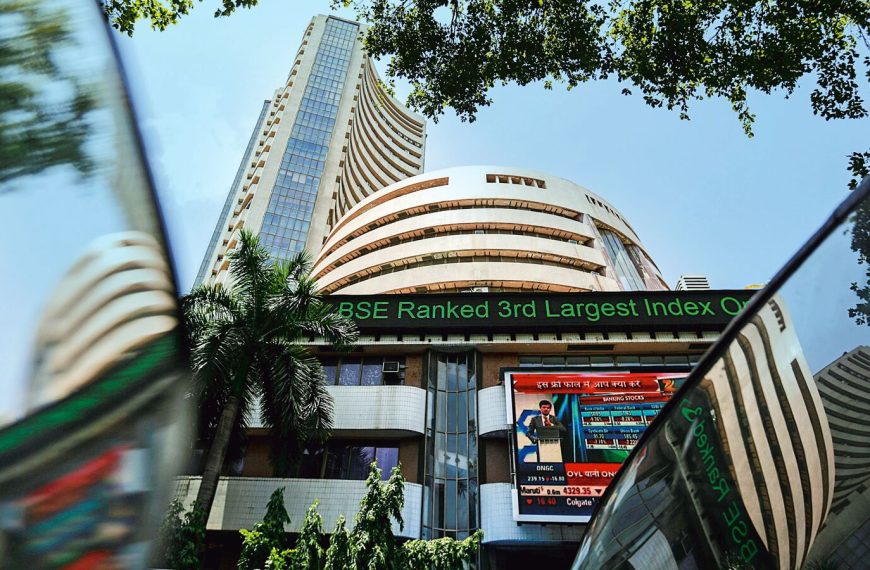The ongoing trade war initiated by former U.S. President Donald Trump’s tariff strategies has generated considerable uncertainty, impacting not only the U.S. economy but also global economic stability. This unpredictable climate has left even Jerome Powell, the Chair of the U.S. Federal Reserve, expressing concerns about the far-reaching effects of these tariffs on the nation’s economic landscape. Powell recently described these tariff measures as “fundamental changes,” signaling a lack of historical precedent for businesses and economists to use as a reference.
Implications of Tariff Policies
During a recent address at the Economic Club of Chicago, Powell emphasized that Trump’s tariff policies could potentially lead to rising inflation and increased unemployment. According to his statements, there exists a complex scenario where tariffs might elevate consumer prices while simultaneously stifling economic growth and weakening the labor market. This could result in inflation and employment rates straying from the Federal Reserve’s established targets.
- Powell indicated that the Fed would maintain a cautious approach and would not rush into altering interest rates until there is greater clarity regarding the economic situation.
- He noted, “The central bank will remain patient and await more information before considering any adjustments to interest rates.”
Economic Forecasts and Market Reactions
Despite Powell’s cautious tone, which contrasts with market expectations for quick rate cuts amid recession fears, the Indian stock market displayed resilience. Following Powell’s remarks, the Sensex surged by 2%, showing little immediate reaction to the Fed’s stance.
Narendra Solanki, Head of Fundamental Research at Anand Rathi Shares and Stock Brokers, observed that the Fed’s statements were more hawkish than anticipated, which was unexpected by market participants who had been hoping for a neutral outlook. However, he believes that India is somewhat insulated from the immediate repercussions of these developments due to local economic conditions.
India’s Economic Health
Experts highlight India’s robust macroeconomic framework, noting that inflation remains below 4% and is anticipated to stay around this mark through FY26. GDP growth is projected to exceed 6% for the current financial year, buoyed by expectations of a normal monsoon season.
- The Reserve Bank of India (RBI) is likely to consider rate cuts, influenced by the favorable inflation and growth dynamics.
- Solanki mentioned, “India is currently in a 90-day pause regarding U.S. tariffs, allowing the RBI to focus on domestic indicators while observing global trends.”
Future Market Dynamics
Looking ahead, the focus for investors will shift towards the earnings reports for the fourth quarter, which are expected to drive market sentiment. Solanki indicated that any immediate risks to rate-sensitive sectors from the U.S. Fed’s stance appear minimal for now.
Sneha Poddar, AVP at Motilal Oswal Financial Services, warned that if U.S. inflation rises due to tariffs, the Fed might delay rate cuts or even consider tightening, which could lead to foreign institutional investors (FIIs) pulling back from Indian equities. This shift could pressure the broader market.
- The behavior of rate-sensitive stocks will largely depend on how both the U.S. and Indian central banks respond over the next few months.
- Poddar also noted that India could benefit from any reversal in FII flows if global investors become increasingly wary of a potential slowdown in the U.S. economy.
As the economic landscape continues to evolve, the interplay between U.S. monetary policy and Indian market dynamics will be crucial in shaping future investment strategies. For continuous updates on market conditions and economic forecasts, stay tuned to our latest reports.











